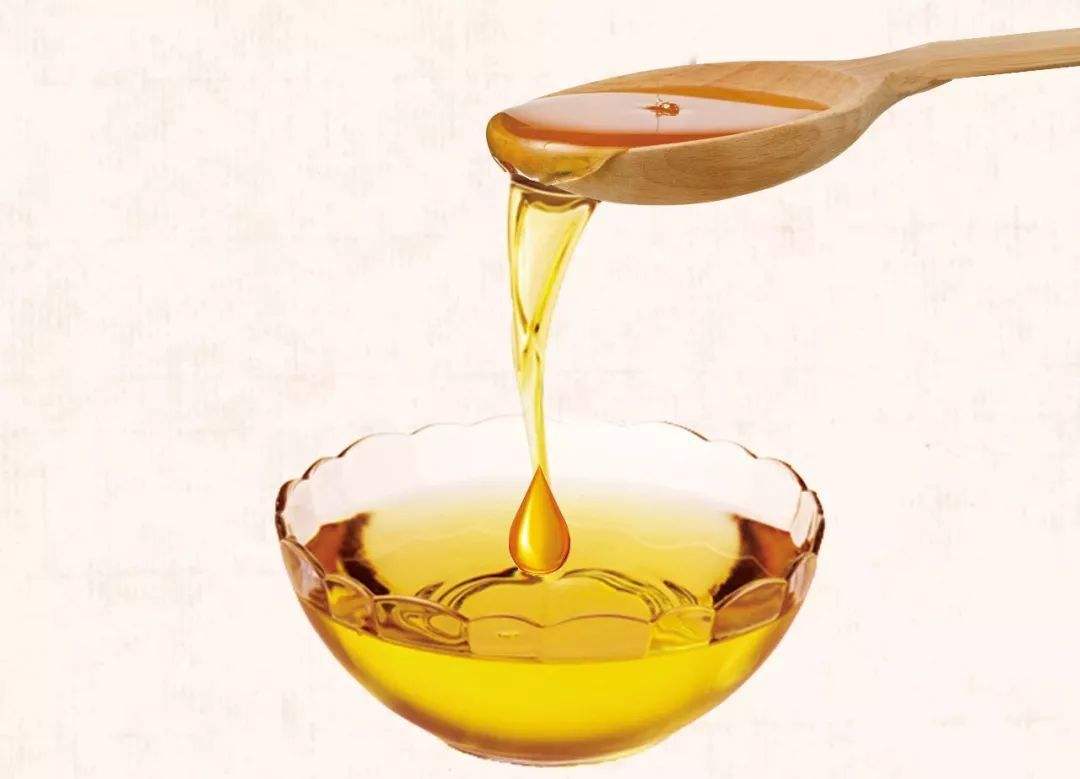Mike D Tokach, Robert D Goodband, Joel M DeRouchey, Jason C Woodworth, Jordan T Gebhardt
 The cost of dietary
energy has greatly increased in the last few years and this trend of
historically higher prices is expected to remain in the future. This has led to shifts in diet formulation and a need to
reevaluate pig responses to changing dietary energy density. As part of the evaluation, nutritionists should review whether
energy loadings for their ingredients are accurate. Is the relative change
in dietary energy reflected accurately by changes in feed efficiency? If there
is not a 1:1 relationship between dietary energy and feed efficiency, dietary
energy is not being accurately represented. Because of the linear relationship
between diet energy and feed efficiency, that portion of the economic equation
is easy to measure. However, the impact of dietary energy on growth performance
is more difficult to predict. Does daily gain increase
linearly over the entire range of possible energy levels or, if not, when does
it plateau? This relationship must be known or estimated to determine the
value of changes in energy density. Furthermore, if alternative ingredients
with high fiber content are used, at what point does fiber content prevent pigs
from increasing feed intake to maintain energy intake? Another key practical
concept with energy is how fast the pig adjusts feed intake to changes in diet
energy density. Over the long term, pigs adjust their level of consumption to
the energy density of the diet; however, it takes time for pigs to make this
adjustment. Thus, in the short term, pigs consume the same amount of total feed
resulting in increased energy intake and gain if dietary energy is increased or
reduced energy intake if diet energy is reduced. When changing dietary energy,
the lysine:calorie ratio and phosphorus:calorie ratio should be adjusted to
maintain proper amino acid and phosphorus intake to support optimum growth. The
high cost of energy has increased the search for other methods to increase pig
performance. The ratios of several key amino acids to Lys should be reviewed to
take advantage of their impact on feed intake (e.g., Trp, Val, etc). From a
practical standpoint, the rise in energy costs has led to the removal of added
fat from most pig diets unless essential to maintain pellet quality. Alternative ingredients are being used wherever
economical. The use of lower energy diets has also highlighted the importance of
genetic improvement, health status, weaning age, and feeder design to allow for
high energy intake and resulting growth rates to achieve market weights within
space constraints in modern production systems.
The cost of dietary
energy has greatly increased in the last few years and this trend of
historically higher prices is expected to remain in the future. This has led to shifts in diet formulation and a need to
reevaluate pig responses to changing dietary energy density. As part of the evaluation, nutritionists should review whether
energy loadings for their ingredients are accurate. Is the relative change
in dietary energy reflected accurately by changes in feed efficiency? If there
is not a 1:1 relationship between dietary energy and feed efficiency, dietary
energy is not being accurately represented. Because of the linear relationship
between diet energy and feed efficiency, that portion of the economic equation
is easy to measure. However, the impact of dietary energy on growth performance
is more difficult to predict. Does daily gain increase
linearly over the entire range of possible energy levels or, if not, when does
it plateau? This relationship must be known or estimated to determine the
value of changes in energy density. Furthermore, if alternative ingredients
with high fiber content are used, at what point does fiber content prevent pigs
from increasing feed intake to maintain energy intake? Another key practical
concept with energy is how fast the pig adjusts feed intake to changes in diet
energy density. Over the long term, pigs adjust their level of consumption to
the energy density of the diet; however, it takes time for pigs to make this
adjustment. Thus, in the short term, pigs consume the same amount of total feed
resulting in increased energy intake and gain if dietary energy is increased or
reduced energy intake if diet energy is reduced. When changing dietary energy,
the lysine:calorie ratio and phosphorus:calorie ratio should be adjusted to
maintain proper amino acid and phosphorus intake to support optimum growth. The
high cost of energy has increased the search for other methods to increase pig
performance. The ratios of several key amino acids to Lys should be reviewed to
take advantage of their impact on feed intake (e.g., Trp, Val, etc). From a
practical standpoint, the rise in energy costs has led to the removal of added
fat from most pig diets unless essential to maintain pellet quality. Alternative ingredients are being used wherever
economical. The use of lower energy diets has also highlighted the importance of
genetic improvement, health status, weaning age, and feeder design to allow for
high energy intake and resulting growth rates to achieve market weights within
space constraints in modern production systems.
JAS, Volume 101, Issue Supplement_2
https://doi.org/10.1093/jas/skad341.020Registration hotline: 021-57634675
fax: 021-57632800
Copy right : 上海亘泰实业集团
Collaboration & Sponsorship: 021-57634938 57631012
ASASHotline:021-67868428
Site Map | CNZZStatistics
address:Shanghai songjiang jiuting town nine new highway 90 lane 3 nine new commercial building 15 floor

WeChat ID:asaschina
The pig nutrition international BBS CSIS